How did Cadillac Make the 2026 Lyriq Fit in the "V" Family? originally appeared on Autoblog.
The Lyriq does everything right
The Cadillac Lyriq’s formula is almost perfect. It’s fast, nimble, tech-forward, stylish, and incredibly easy to become acquainted with. With a price range of $60,090 to $72,490, it may seem like a lot, but it comes with 365 horsepower in the single-motor RWD setup and 515 horsepower in the dual-motor AWD version. In AWD, the 0-60 time is 4.6 seconds, and as an RWD EV, it reaches 60 mph in 5.7 seconds. It may not seem like much, but as a luxury EV sedan designed for daily driving and family hauling, that’s plenty quick.
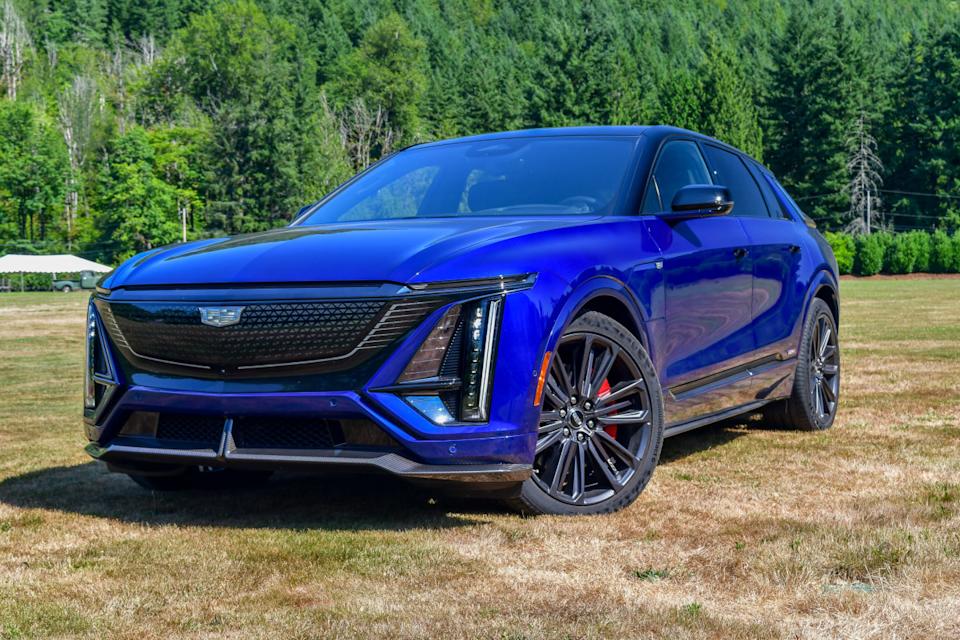
After receiving award after award for the Lyriq, Cadillac’s engineers asked themselves, “What if we made it even better?” and decided to slot the Lyriq into the “V” (for “Velocity”) family. The Lyriq became the first EV to bear the moniker, and also earned the title as the “Quickest Cadillac Ever.” That’s evident with 100 extra horsepower and improved torque, bringing the figures up to 615 horsepower and 650 lb-ft of torque. Of course, for all 5,990 lbs to handle that power without complaint, several changes had to be made, and Cadillac’s engineers did an incredible job. I got to experience all of it from behind the wheel of one last week in Seattle, Washington, at a first drive event.
First, there’s the heat issue to tackle
Cadillac says the discharge current rate was increased by 25% to have more power at the ready, as well as 44% more commanded motor torque to give drivers a true AWD launch. One of the first improvements Cadillac had to make to the Lyriq-V was the thermal regulation system. Extra horsepower and torque mean more strain on the motors and battery, so the cooling system was drastically enhanced and reprogrammed to anticipate—and therefore prevent—any sort of overheating. So, instead of coming on as the battery or motors reach a certain temperature, the improved system is constantly keeping things cool, just in case you decide to switch it into “V” mode while you’re out grabbing groceries.
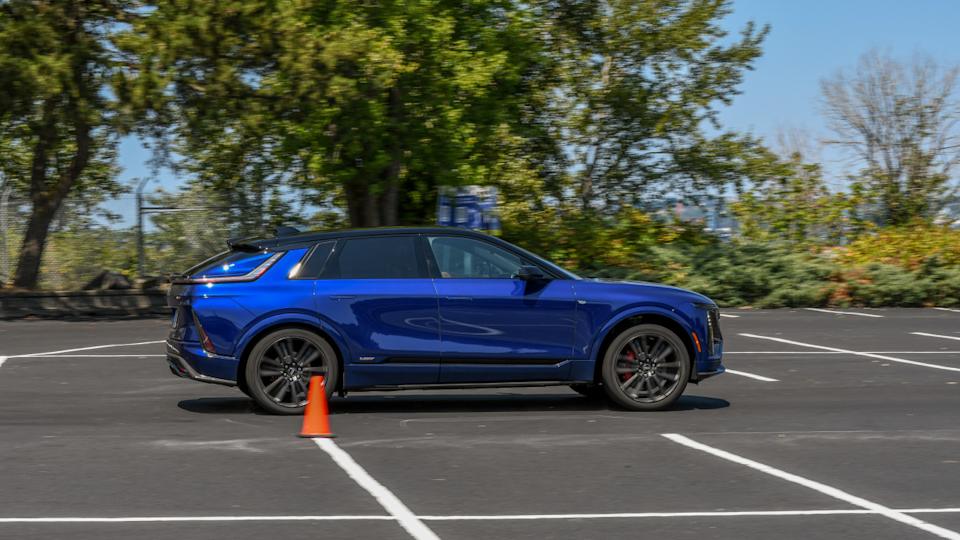
Since the cooling is consistent and persistent, the Lyriq-V can be launched again, and again, and again, and again, getting a consistent 3.3 0-60 time without setting off any alarms or needing a break. I experienced it firsthand, being able to put it into launch mode, follow the prompts to press the brake pedal down, feel it hunker down as torque sits right on the wheel, and launch me into the next county as I floor the accelerator.
To handle all that extra torque, improvements were made to the drivetrain, suspension, and steering
More power can put a serious strain on drivetrain parts and increase wear (especially with repetitive launches) much quicker if parts aren’t reinforced, so Cadillac got to work. To handle the increased final drive ratio of 11.6 from 10.5 in the rear and 9.85 to 11.59 in the front, the rear drive half shaft had to be beefed up from 41mm to 44mm. No wonder the cooling system needed to be improved. When in Comp mode (short for competition), these improvements truly shine, as the company’s traction control manages the torque on the front axles based on how fast you’re going to help mitigate understeer while still allowing the back end to break loose, and the braking system, all-wheel drive, and traction control system work together to simulate a limited slip differential with brake torque vectoring.
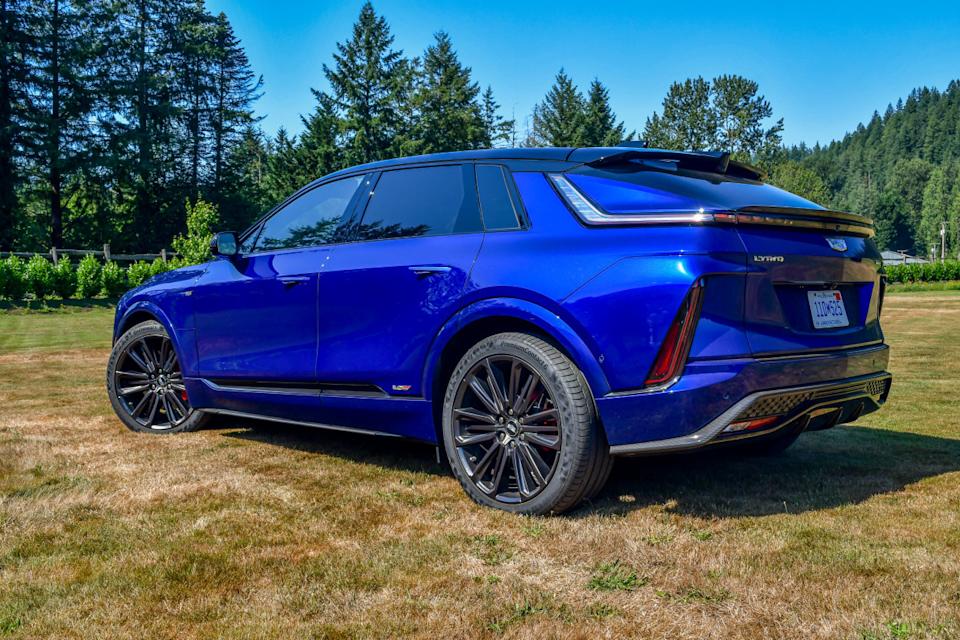
With all those ponies comes more gravity pushing down on the EV as you wring it dry, and therefore, stiffer suspension is needed. Cadillac’s performance team decided to go with a fixed suspension system over adaptive air suspension, which I questioned at first, but quickly grew to love once I experienced it on the autocross section. It has a “refined sport” tune, as Cadillac coins it, where it’s stiff enough to remind you of what it’s capable of, but soft enough to keep your organs in place when you’re dropping the kids off at school. The steering is adaptive, though. When put into Sport, Comp, or V mode, it's tight and precise. When it’s in Tour mode, it’s much softer and reinforces how the Lyriq-V was designed to live two different lives.
You can’t drastically increase power without changes to brakes and tires
The tires that came on the standard Lyriq were pretty good, but the V model from the factory with a sticky, balanced performance tire from Continental. If you don’t want it, Cadillac will fit an all-season tire on the trim-specific 22-inch wheels. Let’s be real, though. If you’re spending $80,090 to $85,290 for the V over the Sport or Luxury model, you want the sticky ones. When I was launching it over and over again, the tires never chirped or lost traction, and there was minimal chirping or skipping, even when I put my full body weight on the brake to stop it.
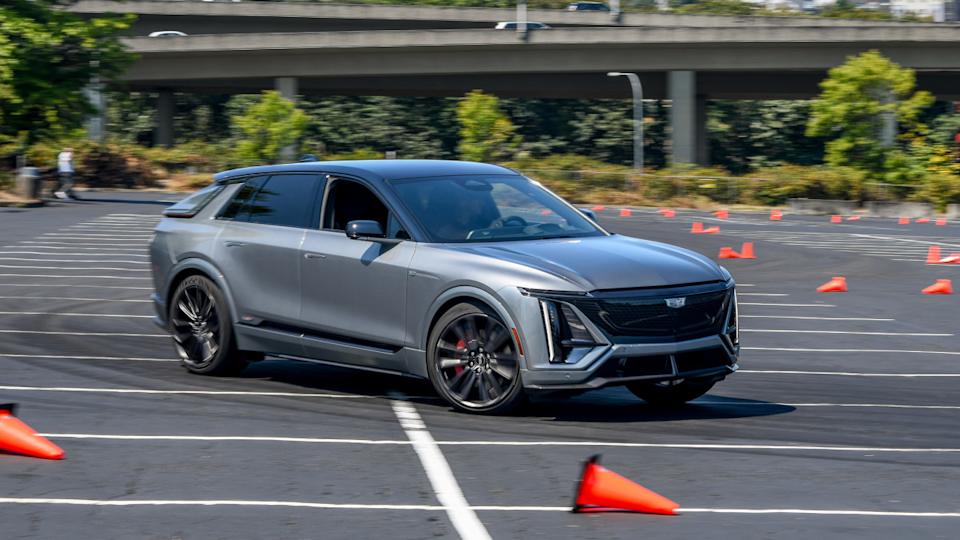
That’s thanks to the potent, updated brakes. The Lyriq-V getts 390mm nitrocarburizing 6-piston calipers from Brembo in the front, and a 345mm sliding caliper in the rear. Since they’re on a performance car, they can either be painted “Edge Red” or “Royal Blue.” Interestingly, the stickier performance tires didn’t miss a single beat when driving on the highway or the backcountry roads of Washington State’s King County either.
Final thoughts
During Cadillac’s presentation of the Lyriq-V, one thing engineers kept coming back to was how they designed the EV to truly represent the best of both worlds. Within the same hour, it can abide by the age-old saying of, “riding like a Cadillac” on the highway or country roads, carefully absorbing bumps and provided a relaxing drive feel, and then with the press of a button, it’s a rip snortin’ beast that can tear up an autocross section (quietly, of course), a time attack at a local track, or simply impress your friends and family, all while being incredibly comfortable. The price point is a fairly big pill to swallow, but compared to other performance EVs on the market, few pull off the Hannah Montana lifestyle better than the Cadillac Lyriq-V.
How did Cadillac Make the 2026 Lyriq Fit in the "V" Family? first appeared on Autoblog on Aug 1, 2025
This story was originally reported by Autoblog on Aug 1, 2025, where it first appeared.


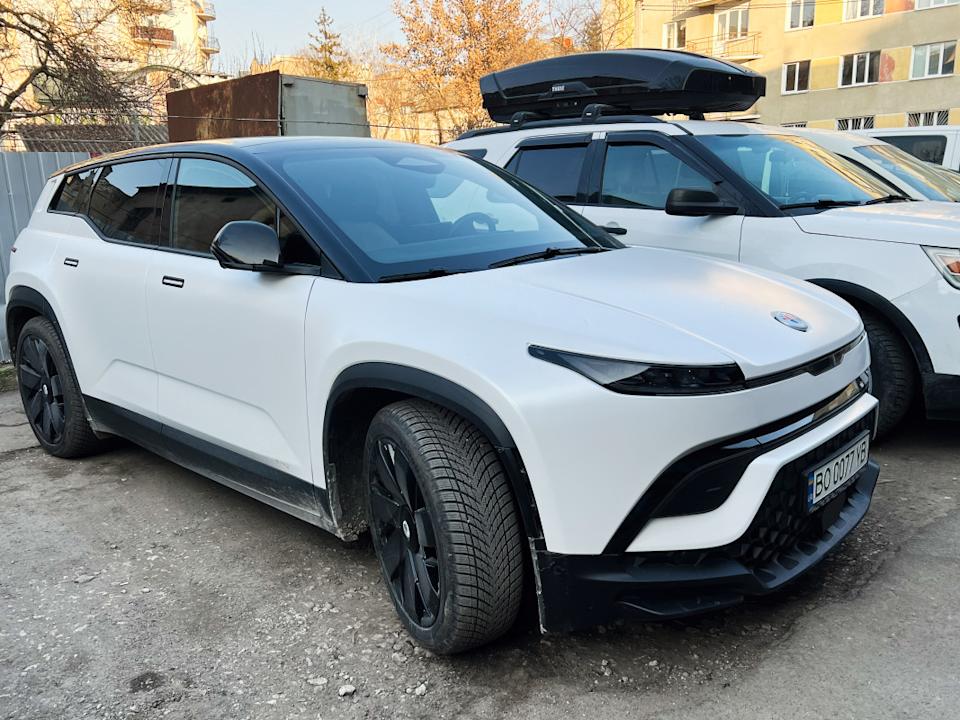
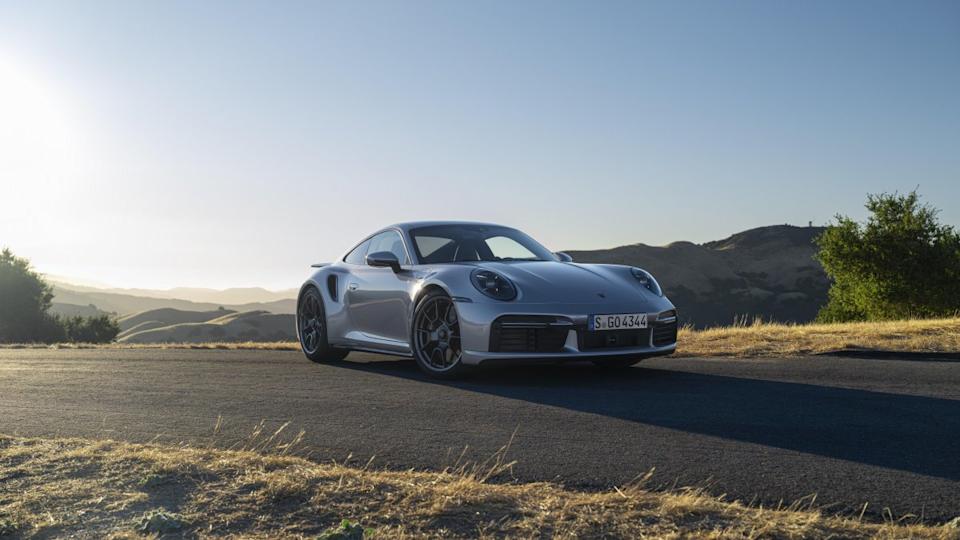
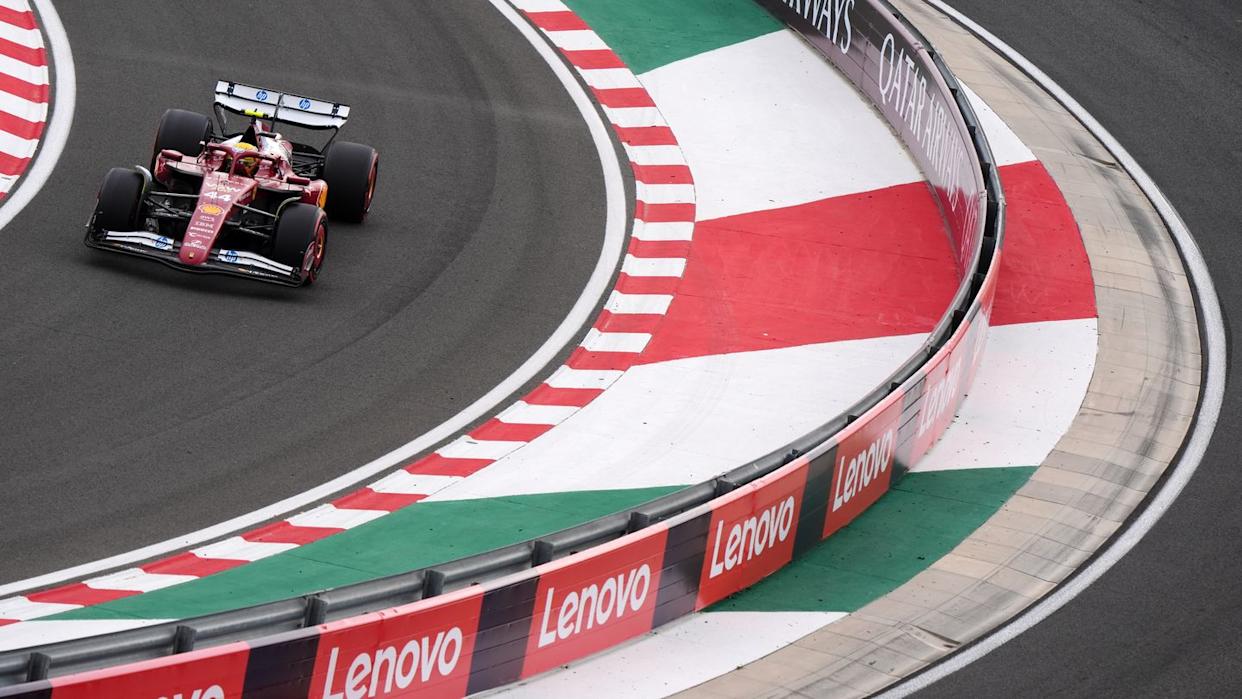
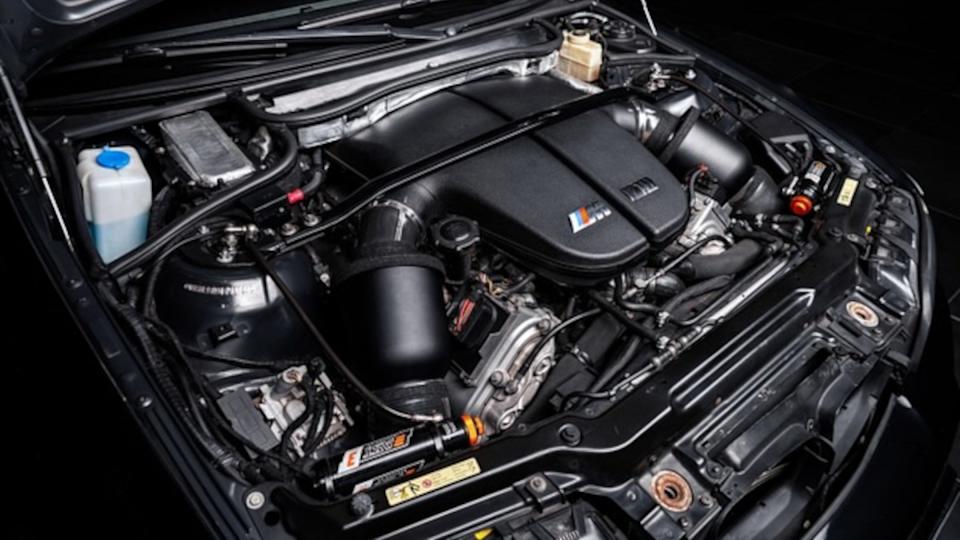
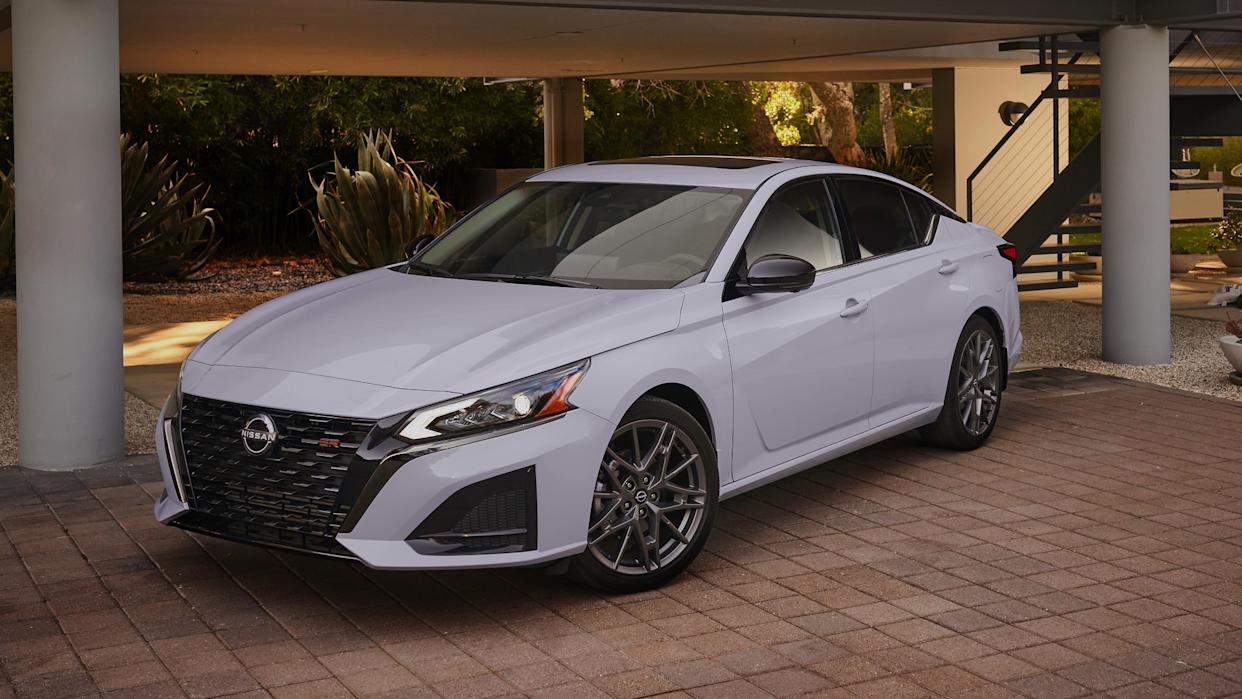
Comments